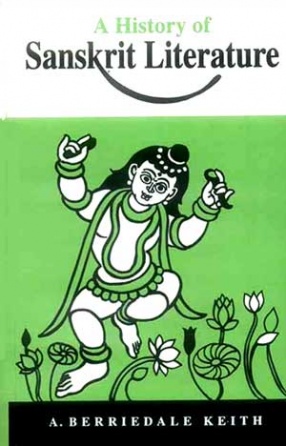
A.B. Keith

Showing all 8 books


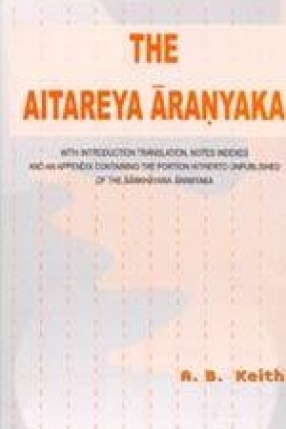

Taken in conjunction with my sanskrit Drama, published in 1924, this work covers the field of Classical Sanskrit Literature, as opposed to the Vedic Literature, the epics, and the Puranas. To bring the subject-matter within the limits of a single volume has rendered it necessary to treat the scientific literature briefly, and to avoid discussions of its subject-matter which appertain rather to the historian of grammer, philosophy, law, medicine, astronomy, or ...
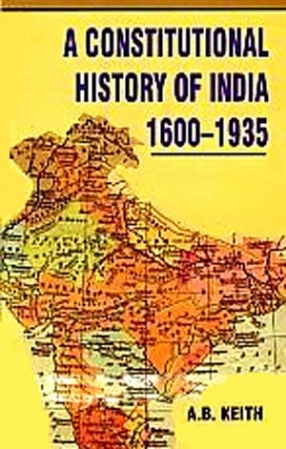

Taken in conjunction with the author’s Sanskrit Drama, this work covers the field of classical Sanskrit literature as opposed to the Vedic literature, the epics and the Puranas. To bring the subject-matter within the limits of a single volume has rendered it necessary to treat the scientific literature briefly, and to avoid discussions of its subject-matter, which appertains rather to the historian of grammar, philosophy, law, medicine, ...

Taken in conjunction with my Sanskrit Drama, published in 1924, this work covers the field of Classical Sanskrit Literature, as opposed to the Vedic Literature, the epics, and the Puranas. To bring the subject-matter within the limits of a single volume has rendered it necessary to treat the scientific literature briefly, and to avoid discussions of its subject-matter which appertain rather to the historian of grammar, philosophy, law, medicine, astronomy, or ...
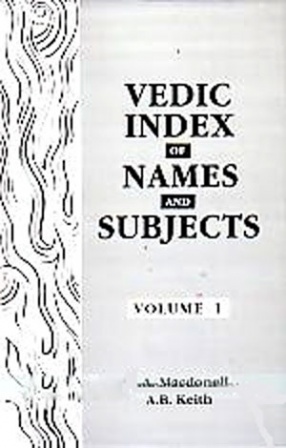
This book contains all the information that can be extracted from Vedic literature on such topics as agriculture, astronomy, burial, clothing, Crimes, diseases, economic conditions, foods and drinks, gambling, kingship, law an justice, marriage, morality, occupations, polyandry and polygamy, the position of women, usury, village communities, war wedding ceremonies, widow burning, Witchcraft, etc.


The present publication, Aitareya Aranyaka, is significant in the sense, that it contains the Mystic and Symbolic inter-pretation of the Vedic sacrifices. It consists of five Aranyakas. The topics discussed are us follows: I Description of Mahavratas from allegorical point of view. II Signification of uktha (1-3) and the Upnishad text (4-6). III Mystic meaning of the various fporms of the Samhitas. IV Collection of mahanamni verses. V Description of Niskevalya ...
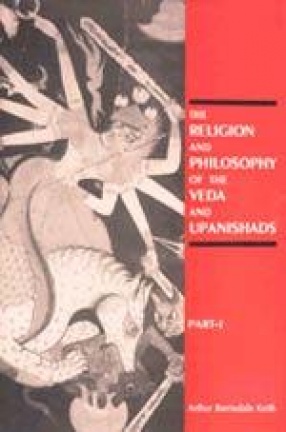
The work presents to the student of religion, in objective form and with constant reference to the original sources and to modern discussions, a comprehensive but concise account of the whole of the religion and philosophy of the Vedic period in India. The work comprises twentynine chapters grouped in five main parts, viz. (i) Sources, (ii) God and demons of the Veda, (iii) Vedic ritual, (iv) Spirits of the dead, (v) Philosophy of the Veda. It draws mainly from ...
